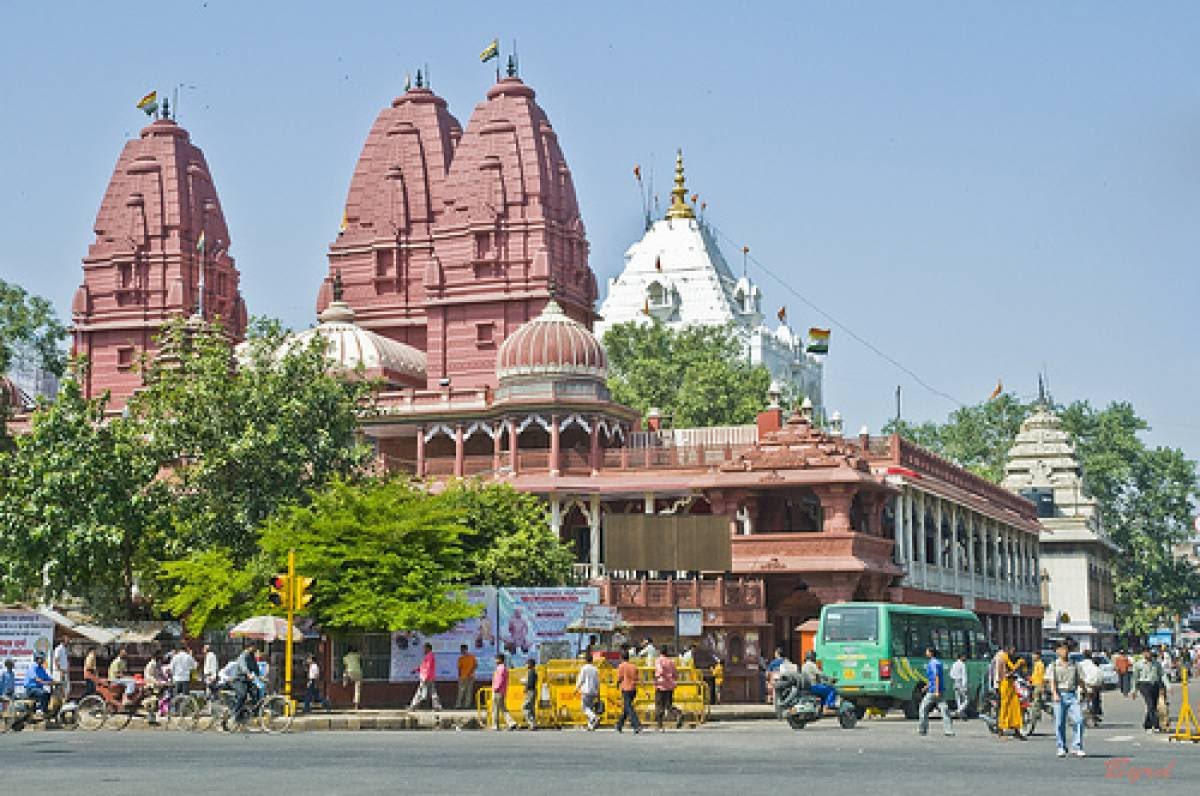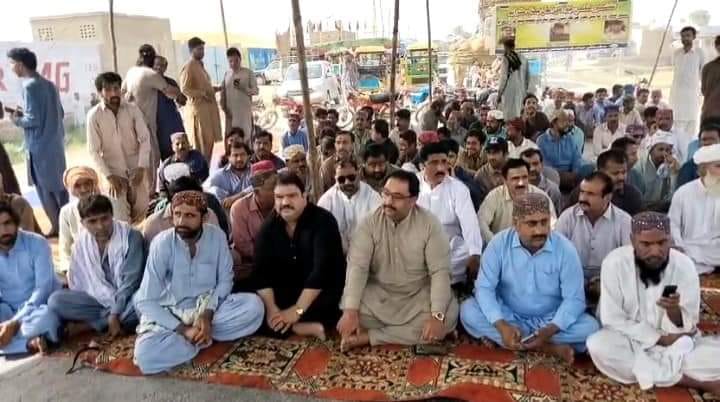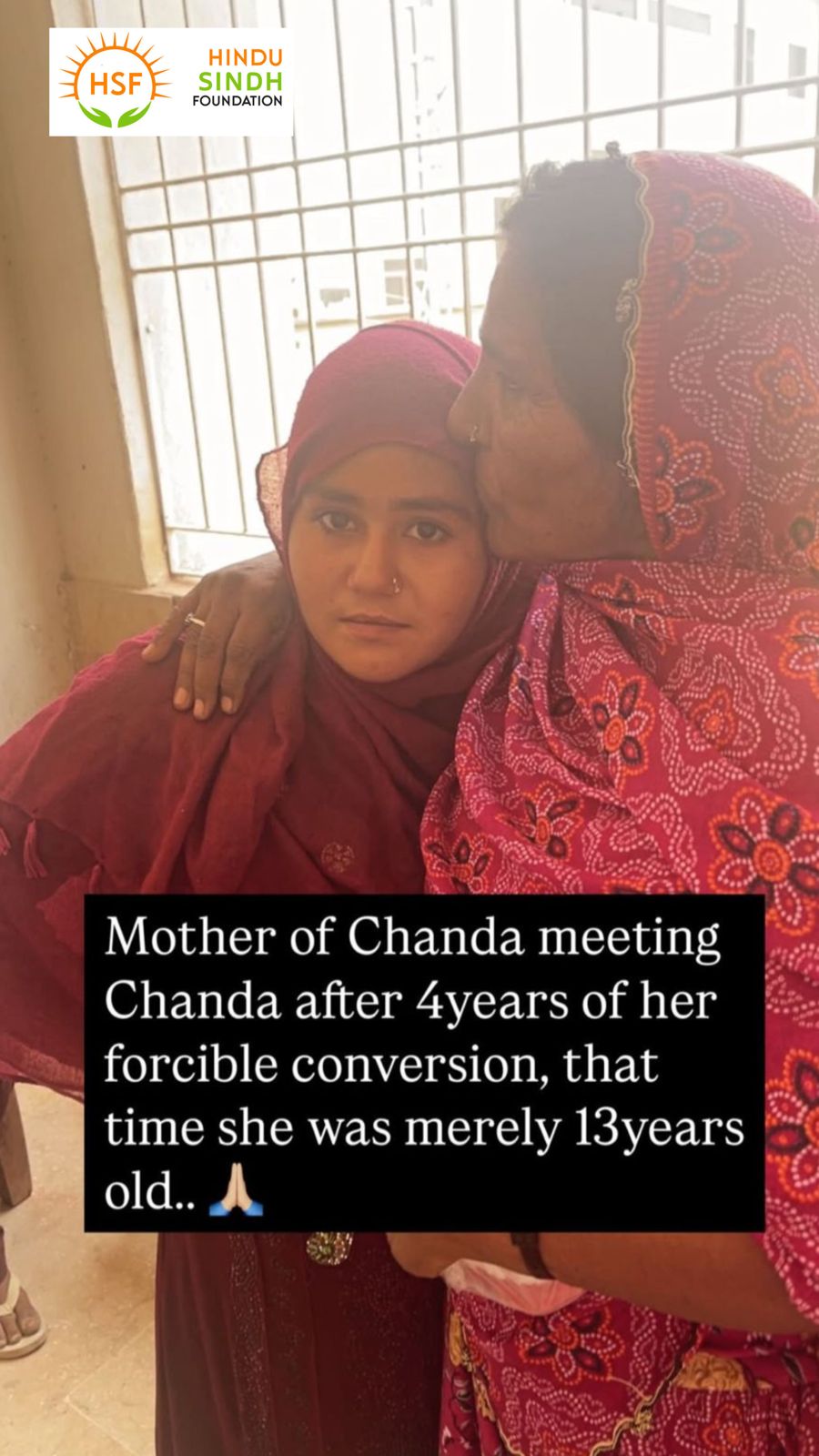Lahore🇵🇰, – July 26, 2025
The historic Jain Mandir🛕 located near Anarkali in central Lahore is finally receiving long-overdue attention as authorities and heritage activists move to restore what remains of one of the city’s last-standing Jain temples. Once a vibrant center of worship for the Jain community prior to Partition, the temple has stood in ruins for decades—its restoration now seen as a symbol of interfaith preservation and cultural healing.
A Forgotten Jewel of Pre-Partition Lahore
Jain Mandir Lahore, believed to have been built in the early 20th century, once served the city’s small but active Jain population. With its distinctive architecture—featuring spires, carvings, and a signature dome—the temple was an architectural gem nestled in the heart of a bustling colonial-era neighborhood.
However, following the 1947 Partition of British India, most members of the Jain and Hindu communities migrated to India, leaving behind places of worship that soon fell into disrepair. The Jain Mandir was one such casualty. In the decades since, it has been encroached upon by commercial development, its walls weathered and its purpose forgotten.
Government and Community-Driven Revival
Earlier this year, the Punjab Archaeology Department, in coordination with local NGOs and the Walled City of Lahore Authority (WCLA), announced a conservation plan to stabilize and partially restore the site.
“This is not just about a building—it’s about Lahore’s pluralistic heritage,” said Dr. Faizan Mirza, a historian at Punjab University who has advocated for the temple’s restoration. “Preserving the Jain Mandir is part of preserving the memory of a city that belonged to many faiths.”
The restoration plan includes structural reinforcement, removal of illegal encroachments, and the documentation of carvings and inscriptions. While the original idols and relics are long gone, experts are optimistic that architectural conservation alone will offer valuable insight into Jain heritage in Punjab.
Public Response and Broader Significance
The initiative has sparked a wave of positive public interest, especially among young Lahoris and heritage enthusiasts. Social media campaigns have highlighted the temple’s significance, with hashtags like #RestoreJainMandir and #SharedHeritage gaining traction.
Religious minorities and civil society leaders have also welcomed the move, viewing it as a step toward greater inclusivity in Pakistan’s national narrative.
“Restoring places like the Jain Mandir sends a powerful message—that we acknowledge our shared history, even when parts of it are painful or politically complicated,” said Sangeeta Kumari, a member of the Hindu community in Lahore.
Looking Ahead
While challenges remain—particularly with encroachments and bureaucratic delays—momentum appears to be building for the Jain Mandir’s revival. If successful, it could pave the way for further conservation of religious sites from the pre-Partition era, fostering a more inclusive understanding of Pakistan’s diverse past.
As restoration work begins, the Jain Mandir stands not just as a structure of stone and plaster, but as a quiet, resilient witness to the stories of a city shaped by many hands and many hearts.









